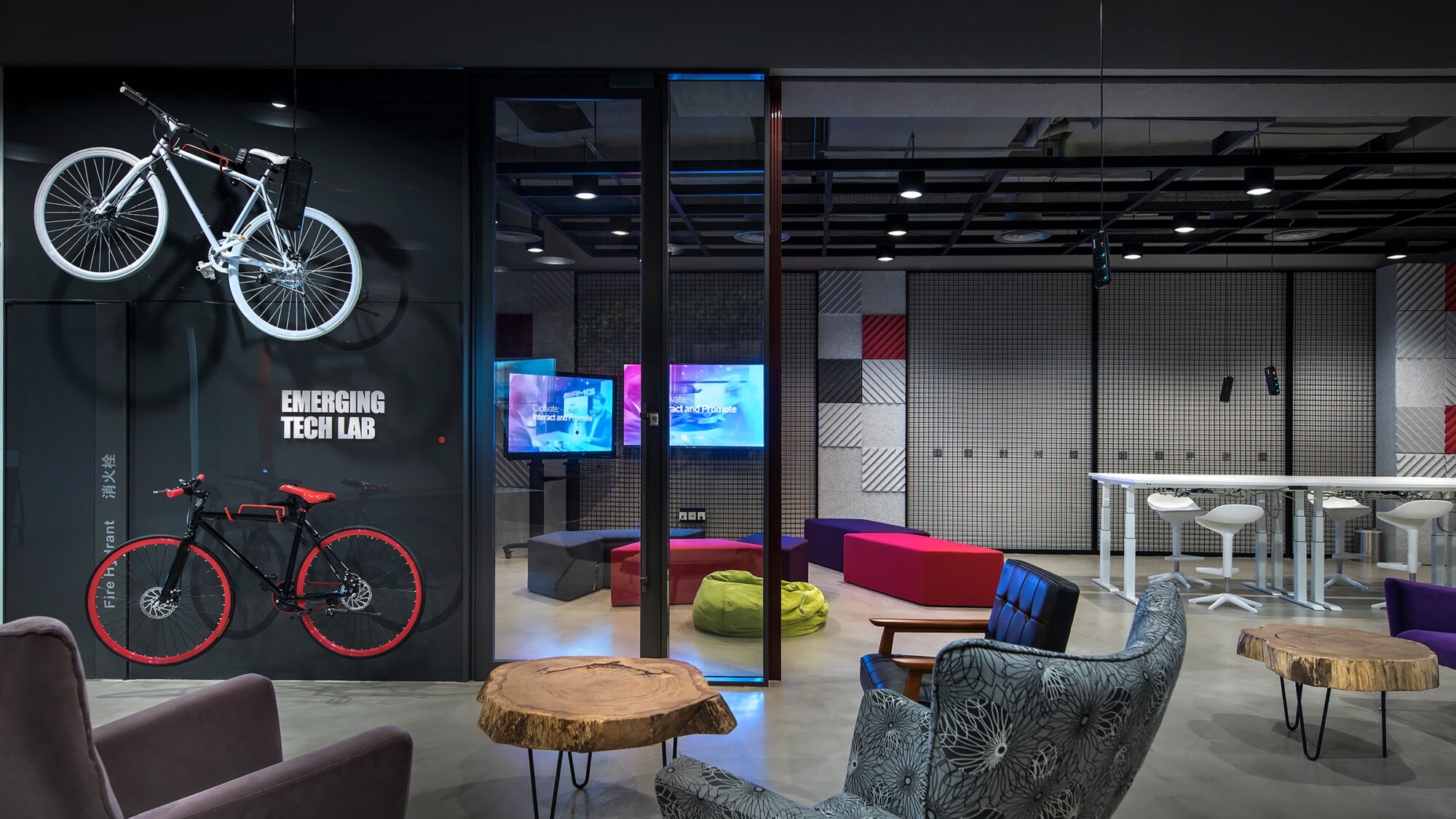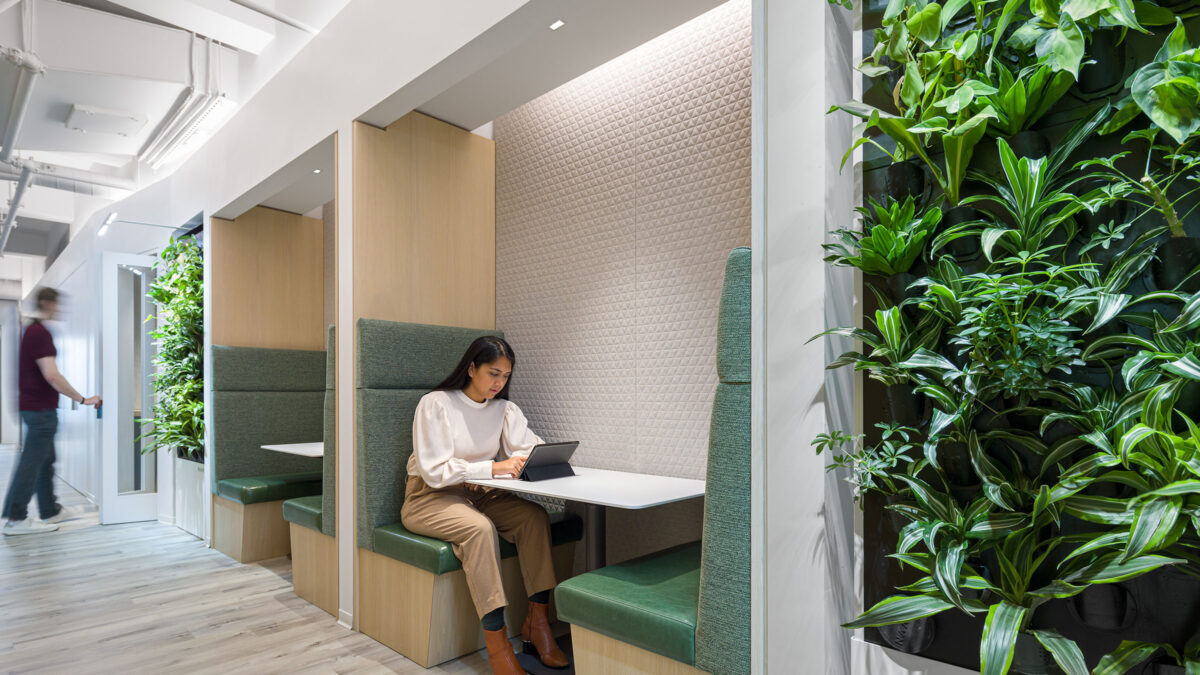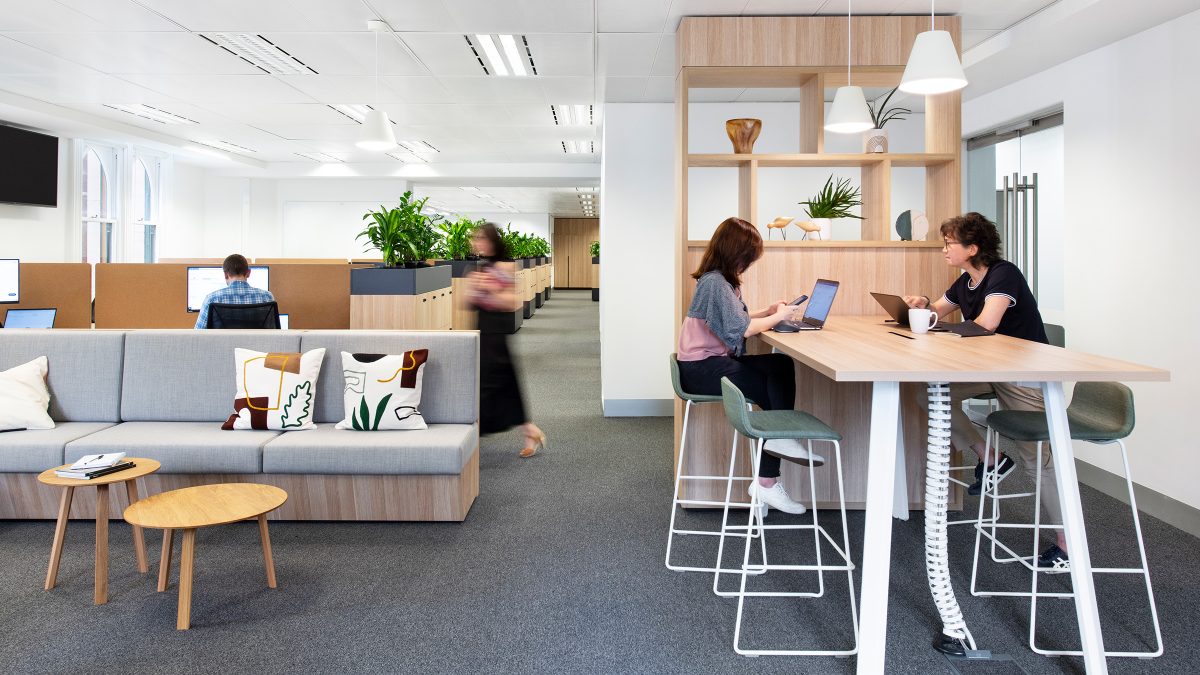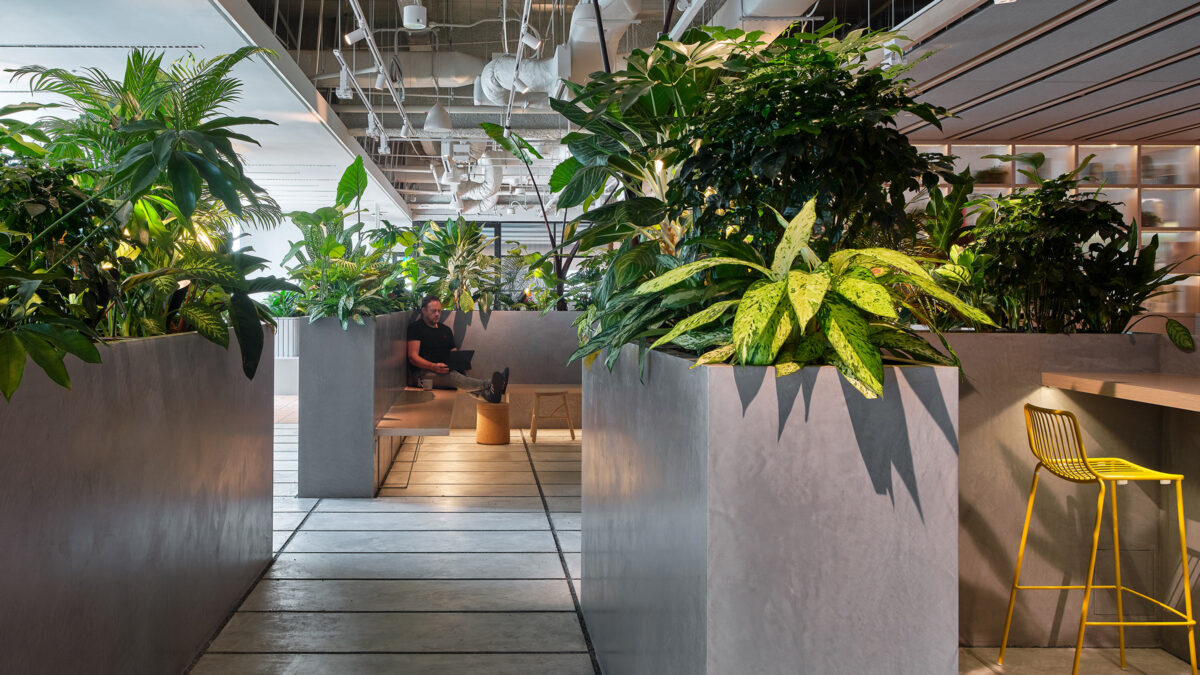










Moira Moser discusses the value of LEED in the workplace, the development of the design industry and the future of sustainable design with USGBC+.

If you don’t have sustainability in the design, it’s not a good design
Moira Moser, Founder and Chairman, M Moser Associates

The following is an excerpt from a piece published in USGBC+.
Explore the full interview here
USGBC+: Your firm recently completed its 100th LEED-certified project in China. What does that accomplishment mean for M Moser Associates and for energy-efficient design around the world?
MM: It’s a really important milestone. It means a great deal to our staff. When we do this globally and collaboratively we can achieve something remarkable.
I think what is happening is that [LEED certification] and sustainability have become a basis for good design. In other words, if you don’t have sustainability in the design, it’s not good design.
Sustainability, is our obligation to society. But in addition, companies are understanding that their people are their only asset. They need an environment that supports their wellness. So in addition to LEED certification, [the] WELL Building Standard certification is another approach to workplace sustainability. Both address inside and outside the envelope.
USGBC+: Your 15 most recent LEED projects show 0%-3% additional construction costs over non-LEED projects. How did you achieve those cost efficiencies?
MM: The secret is that sustainable design needs to be integrated from the beginning. From conceptual start of the project, not added later. If it’s integrated into the design and engineering from the start and also carries through construction, there won’t be a big additional cost. If left to the end of the design phase, it will be too late to do it cost-effectively.
USGBC+: When you first began designing sustainable workspaces, what was the pitch to folks who had not yet bought into green design?
MM: We found that the easiest way to approach people who were not really cognizant of green design was through the economic benefits. Rather than simply advocating the right thing to do, make it a practical thing as well.
USGBC+: How has the industry changed since you founded M Moser Associates, and how have you adapted?
MM: The predominant type of work has changed. Before it was manufacturing. Now manufacturing is done robotically. The economy has developed into service industries. It’s the people and the workplace in these industries that need to be considered first. A healthy environment becomes more important.
The industry term we use now is Activity Based Workplace (ABW). We start by asking the client, “What is the desirable activity you want to see in your workforce that will support the growth of your business”. After that we ask “How can we create an environment that will physically support [that]?”.
The ways people work and workplace itself are changing. People need to move around in an environment that supports the work they do.
USGBC+: How far have women come in the architecture industry, and how much work is still to be done?
MM: (laughs) It’s only Americans who ask me that. I’ve never considered myself a woman architect. I’m an architect, simple. I’ve found over the years that when you contribute and answer a need it becomes far more important than your gender.
USGBC+: The news about climate change can seem overwhelming. What role can green design leaders practically play?
MM: We have found it’s gone beyond advocacy. Most people are aware of climate change and the need for sustainable design. So we have found that in developing sustainable workplaces, we are also helping the client in three ways. This includes reducing economic costs of operations, achieving social responsibility and responsibility to the environment. So it isn’t just advocacy – it’s a practical approach.
USGBC+: As you look forward to the next 35 years of sustainable design, what excites you the most?
MM: Integrating all of the disciplines into a single focus for every project. We’ve been doing this for a long time. However it’s still unusual in the industry. Rather than being just architects, interior designers and engineers we put it altogether within a single project team.
We also strongly support our designers and engineers becoming LEED APs. We have [37 in-house] LEED APs throughout the company. Not just one division. So the sustainability aspect naturally becomes an integral part of the design and engineering we provide. It encourages collaboration that leads to better results. That is the way forward.
Published in USGBC+, read the original interview here.
Chairman & Founder